Like most things on social media, there are a handful of no-dig gardeners who make abundant crops seem easy to produce. They must be really clever, really lucky, have really great soil, or are really not saying it all. No-dig gardening — whether you are in your first year or several seasons in — can give you a run for your money, your sanity, or both.
There are a multitude of benefits to no-dig gardening, which I’m sure you’ve either heard of or experienced firsthand. If you are just getting started, I’d encourage you to begin with the basics of no-dig gardening. Those core concepts haven’t changed in my more than 12 years of not digging the soil.
Our current no-dig garden is eight years old and producing as generously as ever. But somewhere along the way, things began to go astray. Hordes of slugs slithered in from out of nowhere, flea beetles hopped in on a bad batch of mulch, perennials became aggressive, and there is a patch of soil at the back of the garden that doesn’t seem to grow anything other than grass.
5 Challenges of No-Dig Gardening
Demanding and Hungry Pests
What would you do if a mass of slugs came sliding into your garden and yard without warning? It’s one thing to have a flock of ducks to clean up the mess. It’s quite another to have to pick them by gloved hand and dispose of them in some way.
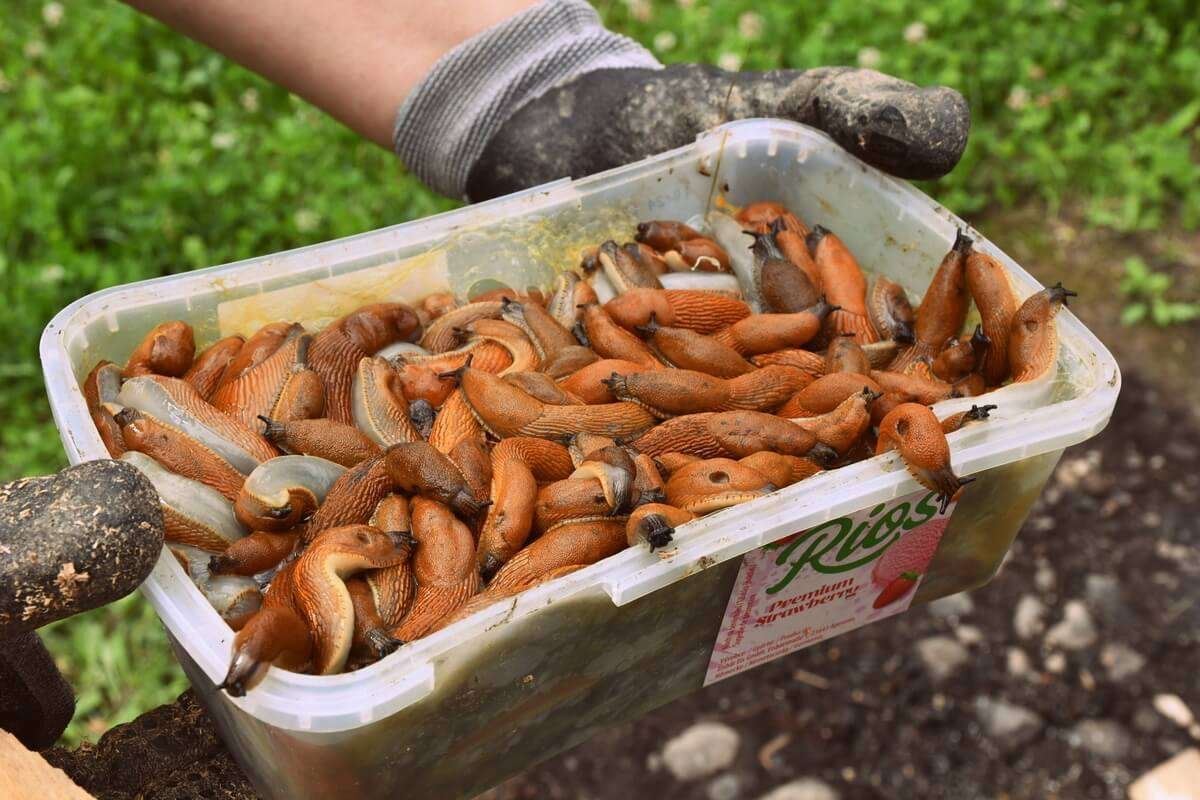
Last year, we planted our garden by late April, and it was doing well for a few weeks. We went away for one night and came home in dark the next. All of our kale, kohlrabi, parsley, and tomato transplants were completely eaten. Nothing left but little stumps.
It was obvious who the culprit was. Slimy orange intruders, not even native to where we live. So we did what we had to do as organic gardeners. We woke up early the next morning and started collecting them in a plastic container with a lid, and sent them up in smoke. I think that’s the nicest way to say it.
It took more than one day to get rid of them. More than a week. A month went by, and they still kept coming. Why? Because they slept off their overeating escapades in a nice wet bed of mulch in the no-dig garden they were devouring. It took over two months to get their numbers down. Luckily, we had a dry winter after that sluggy season, and not as many emerged this year. Could we have prevented the invasion? I don’t see how. Would beer traps work? Maybe. But I firmly believe ducks are the best answer for dealing with slugs.
Soil Becomes Too Wet
This year, our garlic rotted in the ground by mid-July. Maybe it was our fault, maybe the rain. Rain fell every day in May and most days in July just before the garlic was ready to be harvested. Even in the mountains, the amount of rain we received in the previous months was uncommon.
We’ve lost entire crops to drought before, though we’ve never lost one to the soil being flooded; it never occurred to me that could happen. While some people do get carried away with overwatering (a common gardening mistake), it’s generally not a problem created by nature.
Nonetheless, flooding is a challenge. Could we have prevented it? Maybe.
Perhaps we could have removed the mulch, seeing the abundant rain in the forecast. Or maybe we could have harvested the garlic earlier, even if the bulbs weren’t completely ripe? At least we could have eaten them fresh if we were unable to store them for late summer canning, or eating in winter.
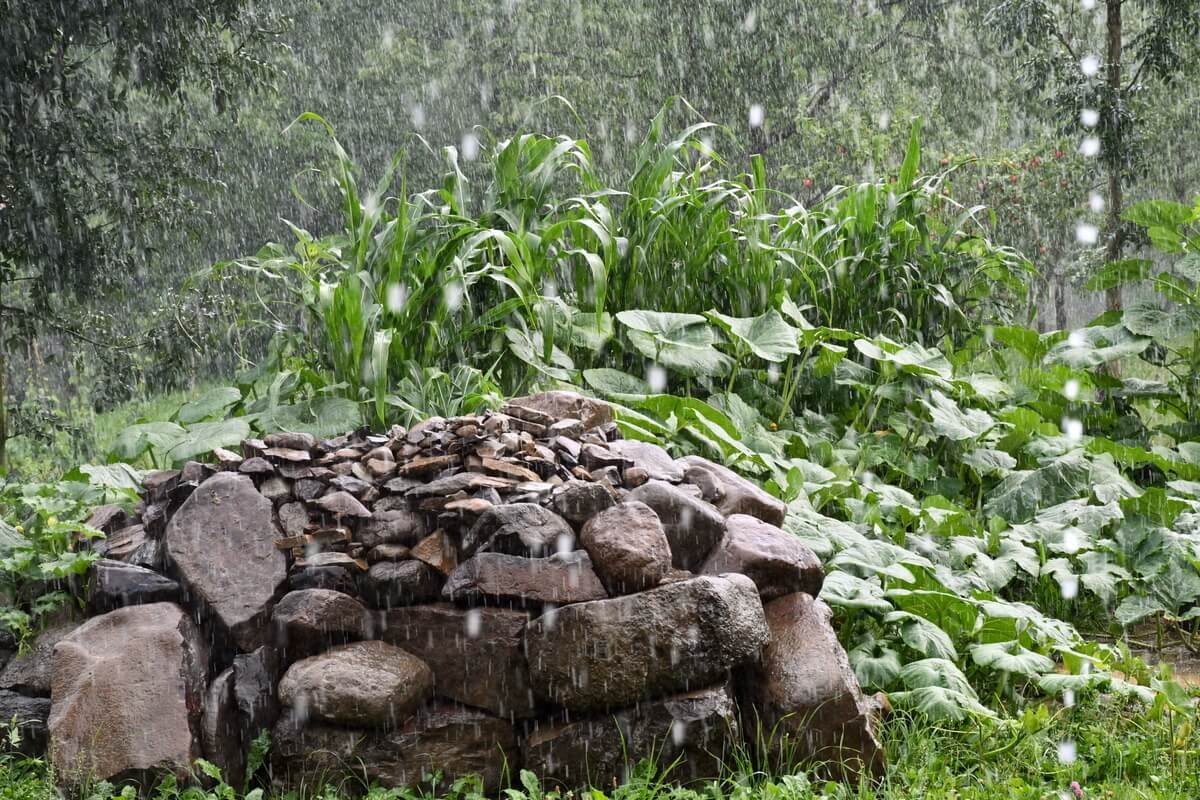
If the soil becomes too wet and it’s not your fault. Chalk up the loss to experience and try again next year. You can always trade with friends and neighbors who have different crops than you.
Keep in mind that diversity in your no-dig garden is key. While the garlic drowned, the onions on the other side of the garden are crisp and delicious from the same amount of rain. And the climbing beans are reaching new heights.
Perennial Weeds
Tending to a no-dig garden sends a signal to perennials they will have a safe and protected spot to grow. When you don’t have any reason for digging, the roots can sit for years and years until they get tired.
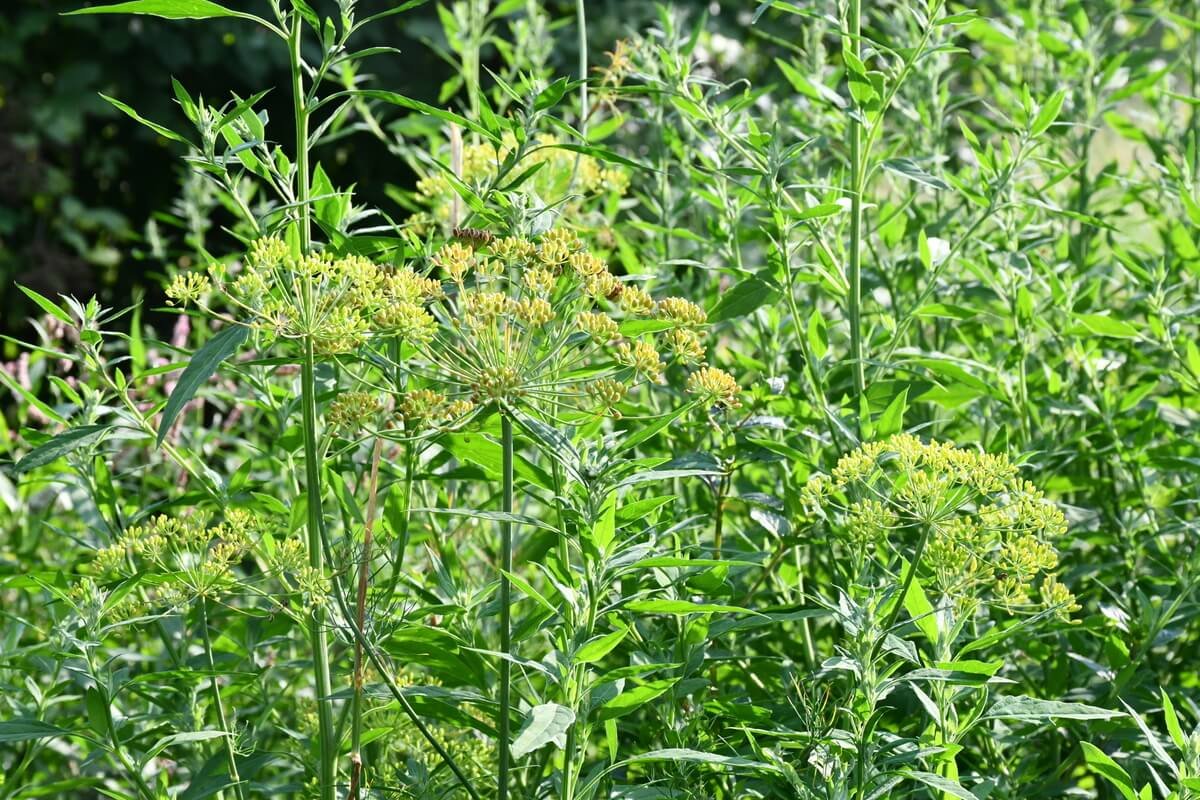
There’s a difference from perennial to perennial. Take rhubarb, for example. While they might grow broad and tall, it takes time for them to spread their roots. Yarrow, on the other foot, will spread by both root and seed. Leave a small bunch for eight years in one spot, and sooner or later, they will demand a tenth of the garden. Much like mint, but harder to remove. Mint you can use a lot of in teas and syrups, or preparing the mint tips in a pancake batter and frying the leaves. Yarrow, well, it’s a beautiful, bitter wild plant that’s useful for healing digestive issues, as well as healing wounds. It also attracts many beneficial insects in the garden — that’s why we keep it.
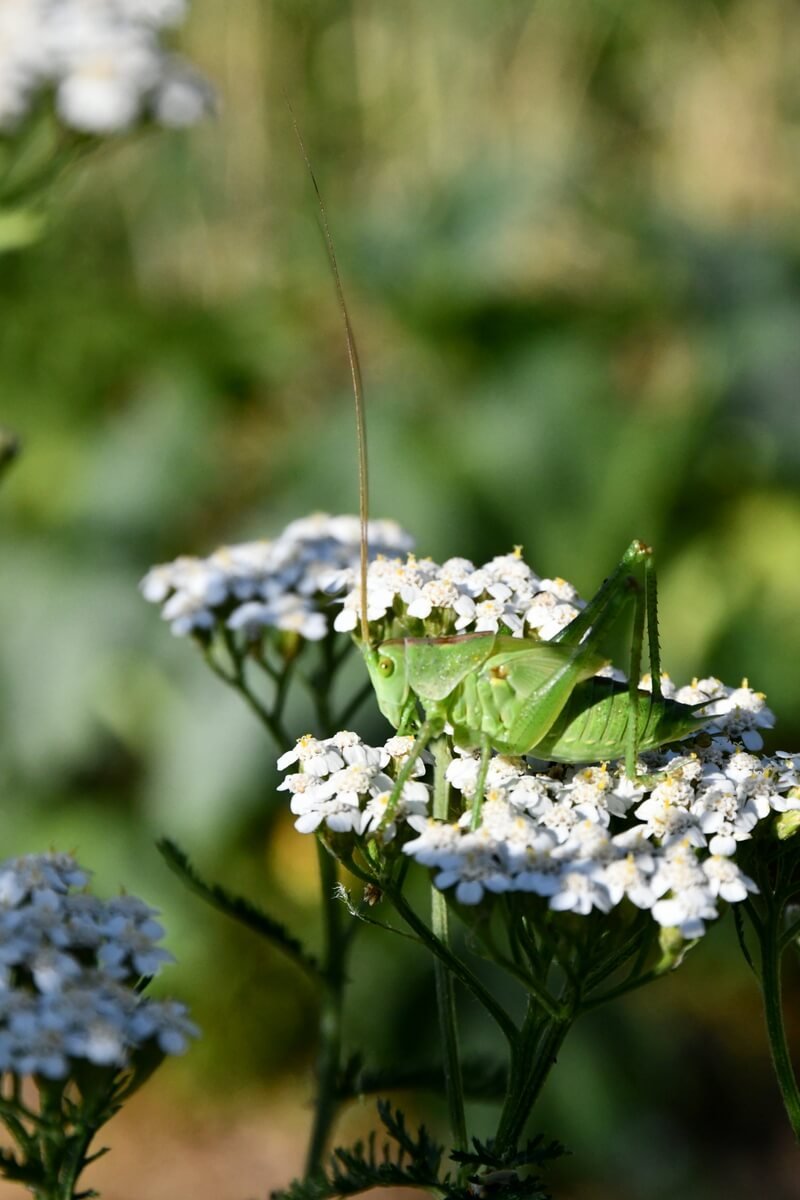
At some point, too much is too much. This year, I dug out several large clumps and relocated them by the house, so the garden can go back to producing more vegetables, but yarrow isn’t the only intruder in a no-dig garden.
Over the years, our garden has been home to goosefoot (Chenopodium album) in varying amounts. It’s a plant that we eat instead of spinach because it’s a perennial we don’t have to plant. It comes up on its own, spontaneously here and there, and now everywhere.
If you can’t beat the weeds, eat them. At least the ones that are edible. Dandelion and nettle included.
Weedy Mulch
Every once in a while, due to the amount of mulch that a no-dig garden needs, you may be on the receiving end of a bad batch. It’s a numbers game, considering that you can apply as much mulch as the ground can absorb. How fast it breaks down is up to the weather and the activity on ground level.
These are common mulching materials for no-dig gardening.
- compost
- alfalfa hay
- straw
- hay
- leaf mold
- grass clippings
- processed organic materials such as cardboard and paper
In our garden, we primarily use hay from grass which we cut by hand, simply because that’s what we have in abundance.
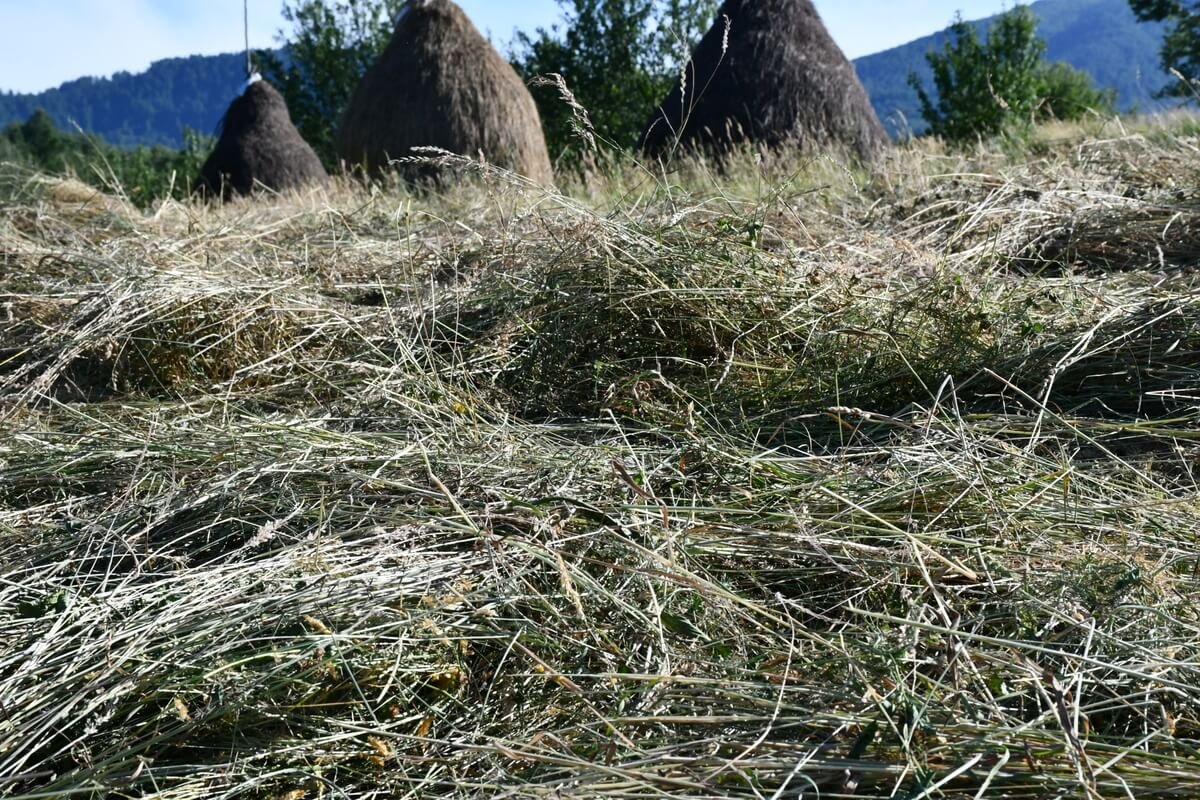
One year, however, we bought an old haystack from a neighbor. It was a little moldy after sitting outside in the field for a couple of years, but that wasn’t the problem. We didn’t notice the many flea beetles hiding in it when we applied the mulch in late winter.
Four years later, we still have flea beetles on our horseradish and radishes. One can never be too careful about pests or pathogens that come in on mulch.
Soil Compaction
Another potential challenge of no-dig gardening that can occur after some years of growth is compaction of the soil. Depending on the type of soil in your garden, or whether you adhere to walking only on paths, soil compaction has the potential to occur over time. It also develops in times of drought.
The best solution we’ve encountered for overly compact soil in our no-dig garden is to mulch with an extra-thick layer of wet grass about 6-inches deep. This can be applied at any time in summer or fall. After a good, heavy rain from the sky or a soaking from a hose, earthworms (and possibly moles) will be attracted to the soil and loosen it for you. After all, that’s one point of not digging (besides saving your back) — to let nature do the underground work for you.
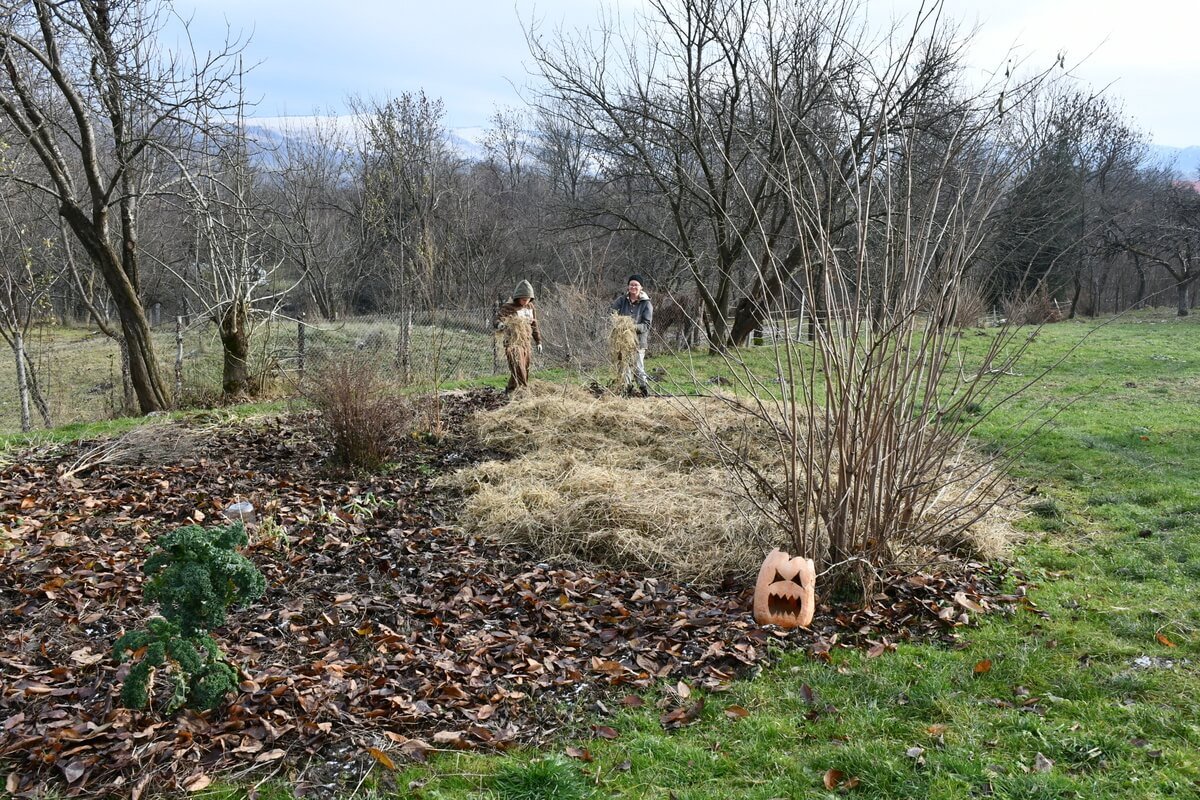
In the end, no-dig gardening is a grand way to grow food — even with all the challenges. If my eight years of experience isn’t enough to convince you, ask Charles Dowding. He’s been at it 40 years!
Originally published on 5 Unexpected Challenges of No-Dig Gardening














